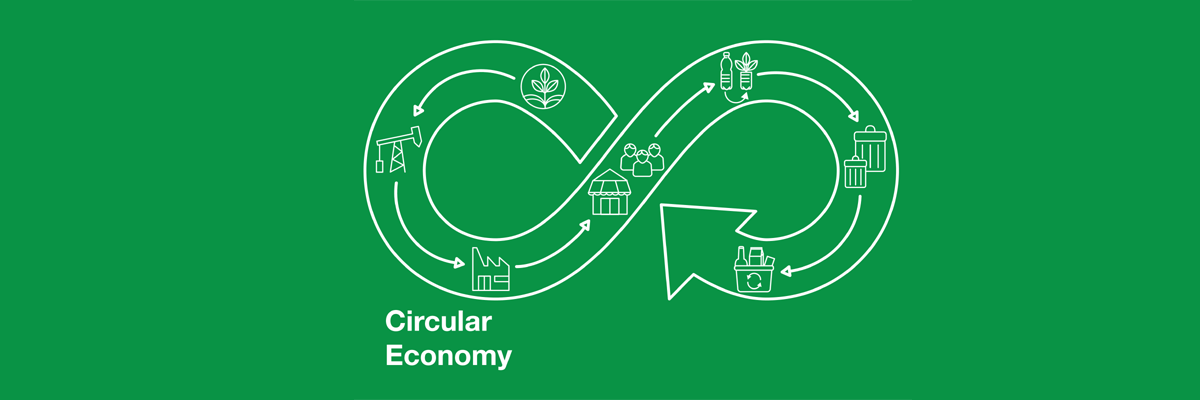Circular Economy anniversary - reflections from the plastics industry
11 March 2021, the European Commission’s second Circular Economy Action Plan celebrates its first birthday– a date I also share as marking my first year as Managing Director of PlasticsEurope. When the Commission published the plan this day last year, many of us were in our first days of working from home and could not have imagined still being there 12 months later. But we also could not have imagined how much progress in developing policies could have been made from home.
While we still await the publication of many of the legislative proposals, one year in, we are starting to see some of the high-level promises made by the Commission come true. The main realisation for us is that circular economy is no longer just recycling and no longer just plastics packaging – it is a far broader concept both in terms of industry sectors and in terms of objectives.
Recycling and capturing value of materials across all industry sectors is of course one very important element of the circular economy, however equal importance is now being given to the connection between climate and circularity, ensuring that the objective of recycling our packaging, cars or buildings is to capture the value of the material at the end of its life and promote the most sustainable resource streams. The focus on sustainable consumption and production is another expansion of the concept of circularity, forcing us to rethink everything from product design to the way we deliver products to consumers, promising challenges but more importantly opportunities where plastics can play a vital role.
For the plastics industry, all of the main areas where plastics make a contribution are now considered key product value chains by the Commission. Durable and versatile plastics make our lives easier, safer, more mobile and connected while significantly increasing energy efficiency and lowering CO₂ emissions. At PlasticsEurope, once we overcame initial covid hiccups, we have spent the past 12 months working with many different partners on what exactly circularity means for us, what others expect from the plastics industry, and what we might need from policy-makers and other stakeholders to fulfil our role in the circular evolution.
Science and innovation has been the DNA that cuts through our industry. We are bringing this to life on some exciting projects to define how exactly plastics will look in a circular economy – providing us with an opportunity to solve some of the challenges plastics are facing, benefit from the diverse properties of plastics, and adapt to changing patterns and societal expectations.
Looking to the rest of 2021 – it really is a key period in terms of legislation. We anticipate legislative proposals from the Commission in all of the areas I mention above – packaging waste, construction products, end-of-life vehicles or sustainable consumer products to name but a few. These legislative proposals will serve as a basis for industry investments in new technologies delivering on the dual ambitions of climate and circularity. It is therefore crucial that we get key concepts right, balancing the need for strong policy direction driving safe and sustainable products, whilst allowing room for industrial transitions and innovations to flourish. That is without mentioning the challenge of 27 governments needing to implement the policies in a similar and timely manner.
This time next year we will probably be at the early stages of legislative processes which will define how the circular economy looks for a generation. As an industry we are working on solutions on a constant basis and fully engaged on creating the policies which will shape the circular economy. Hopefully by next year we will be working on this progress face to face, meeting in offices, bars and restaurants.
Virginia Janssens
Managing Director
PlasticsEurope








